In an era where sustainability and efficiency are at the forefront of design innovation, a new wave of furniture is emerging that pushes the boundaries of material use. The concept of crafting furniture from a single sheet of steel is a perfect example of how design can be both minimalistic and purposeful. By reducing waste and eliminating the need for fastenings, adhesives, and coatings, designers are exploring the inherent potential of steel to create striking, functional pieces. This approach not only highlights the beauty of simplicity but also redefines the relationship between materiality, form, and function.
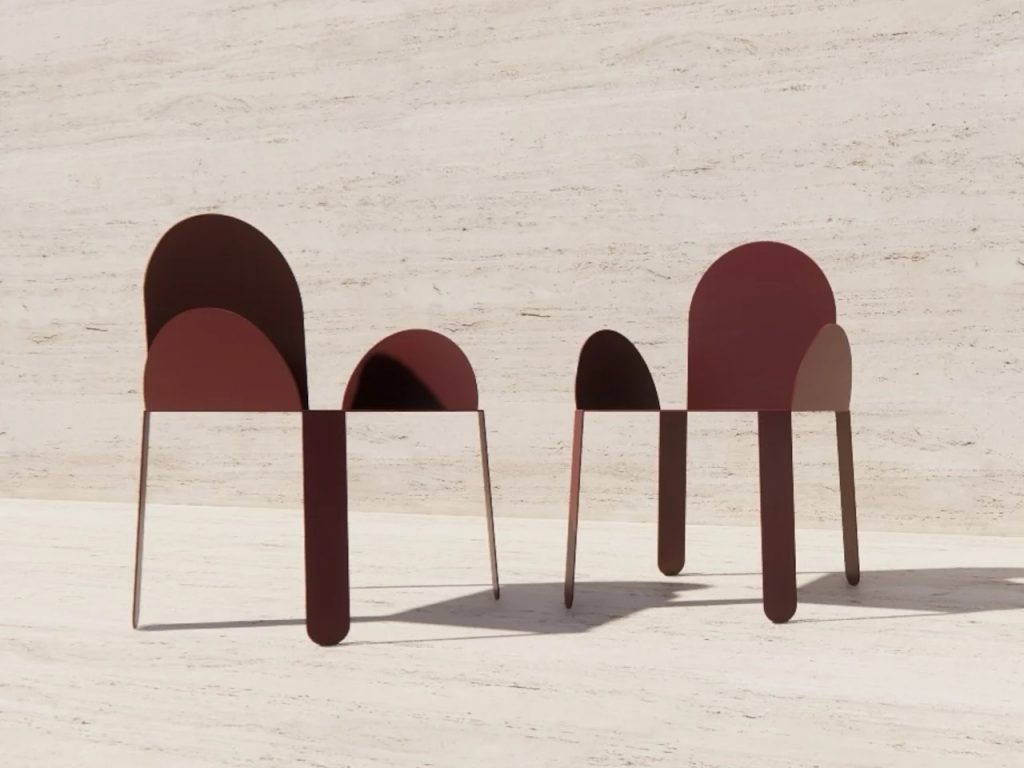
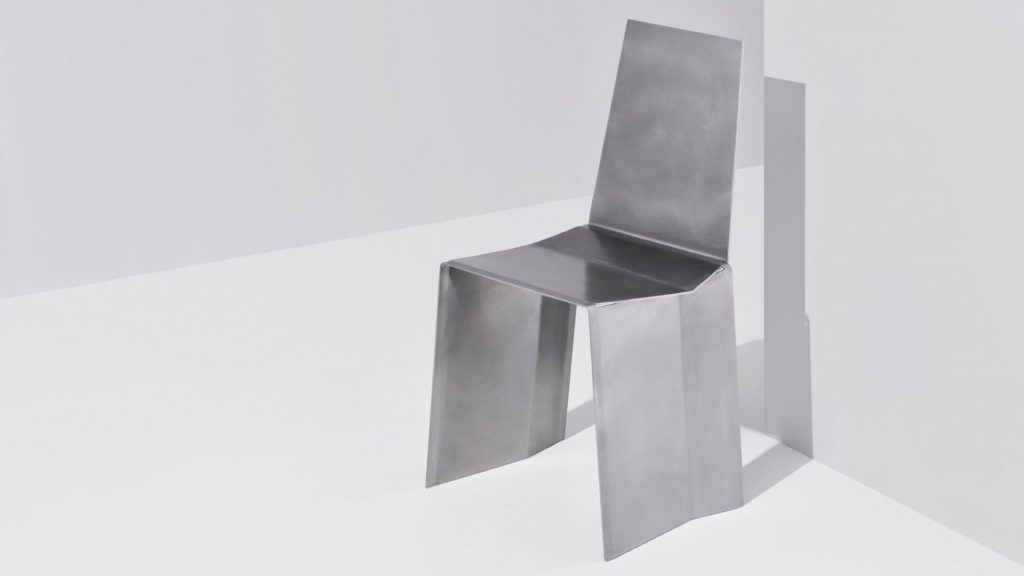
Steel furniture by Paul Coenen
Eindhoven-based designer Paul Coenen has created a striking collection of furniture and homeware entirely from stainless steel, pushing the boundaries of material and design. His pieces, including seating designs, a mirror, and a table lamp, are crafted without coatings, adhesives, or fastenings. Instead, Coenen utilizes the inherent properties of sheet metal, folding it into shape to create elegant, functional objects. This approach not only highlights the beauty of stainless steel but also offers a fresh perspective on minimalism and industrial design.
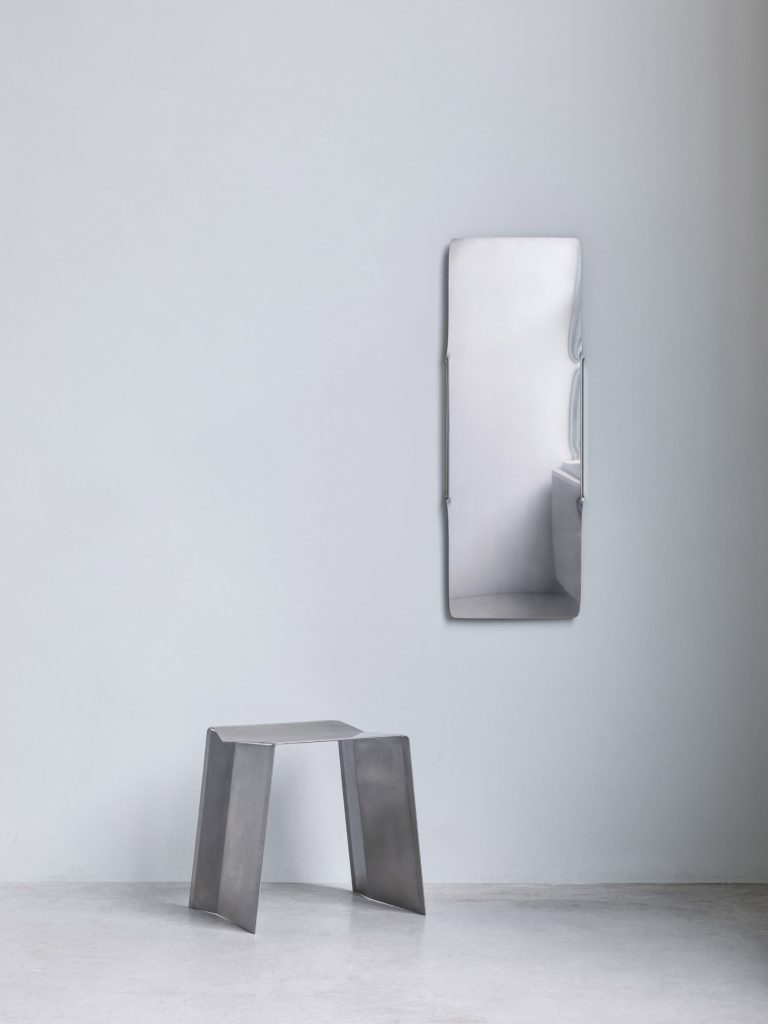
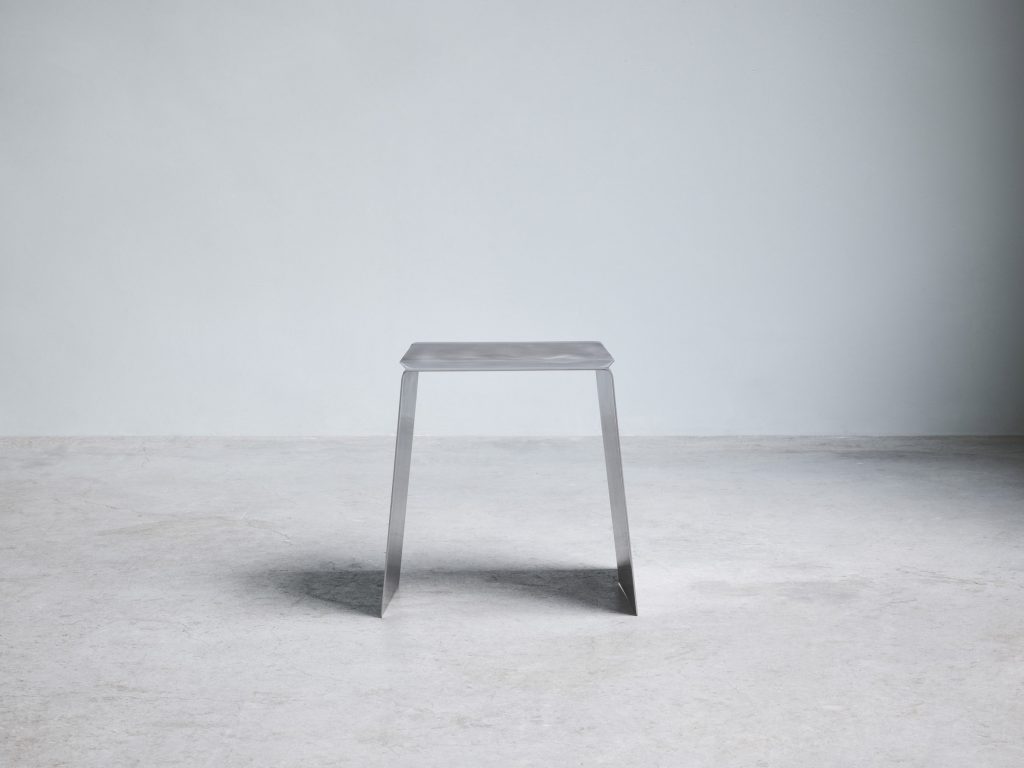
Steel furniture by Paul Coenen
Coenen’s design process involves folding stainless steel sheets into functional forms, much like folding paper to create a prototype. He first visualizes the designs on paper before transferring the patterns to metal. The designs are then bent into shape using both manual techniques and industrial machinery. This hybrid approach allows Coenen to balance the capabilities of the machine with his own craft, resulting in pieces that merge industrial precision with artistic expression.
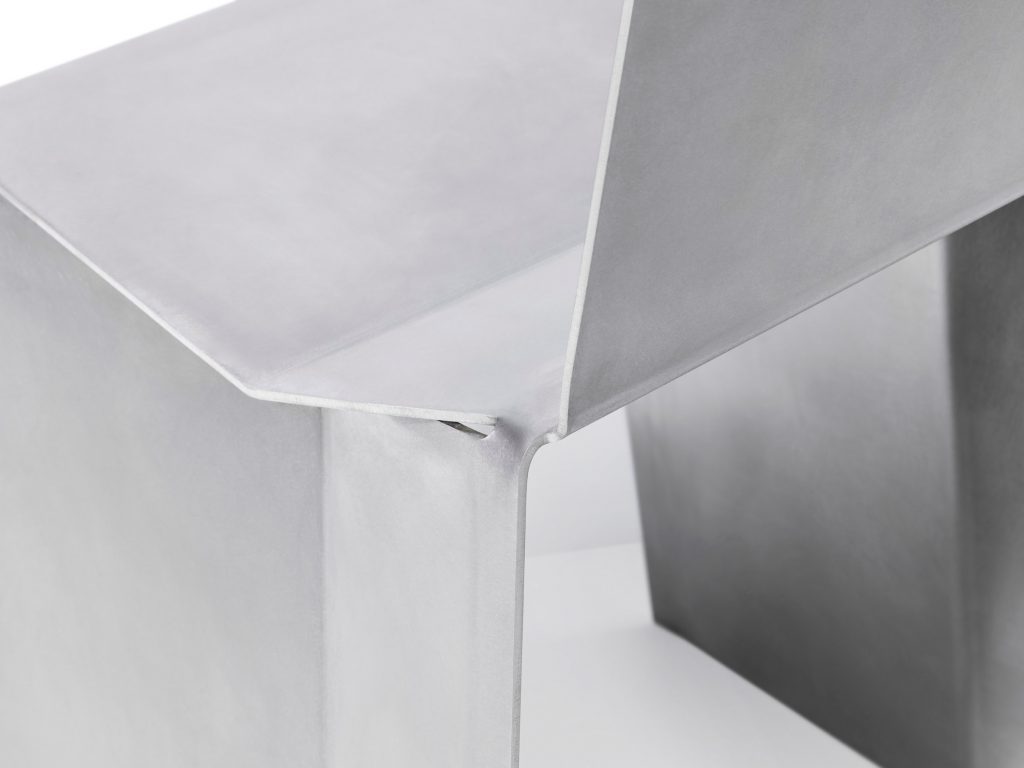
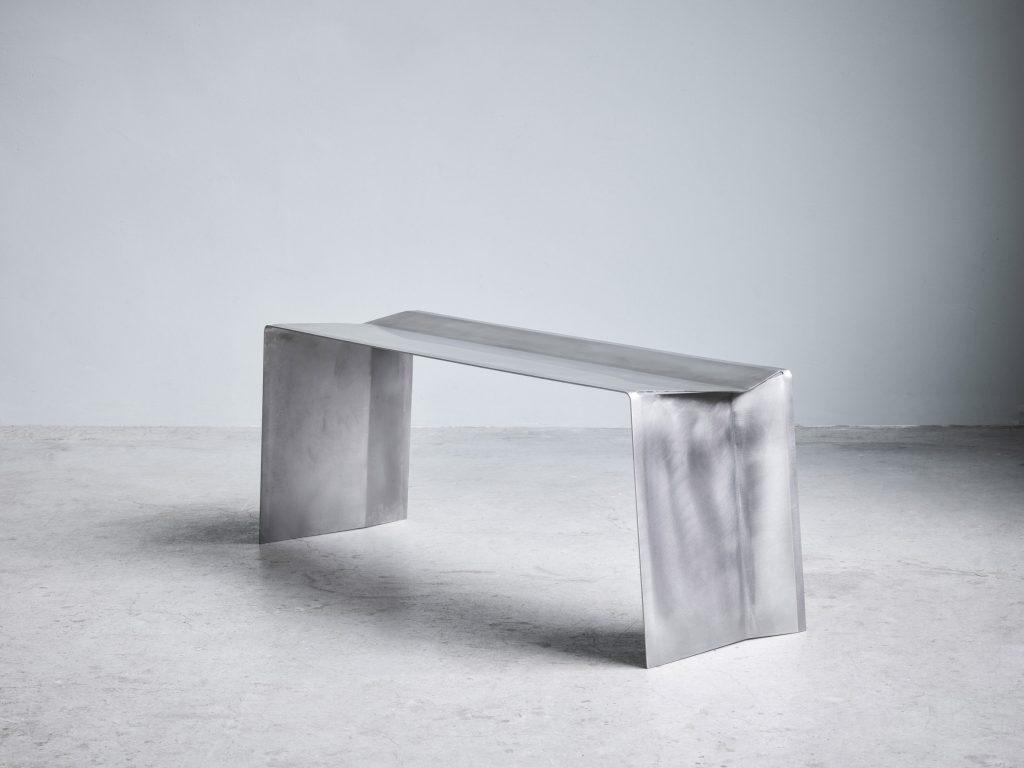
Steel furniture by Paul Coenen
The finished pieces, including the Camber chair, stool, bench, and SST mirror, showcase Coenen’s skill in manipulating the material. The stools and chairs are given a soft matte finish through sanding, while the mirror is polished to a high shine to reflect its surroundings. Coenen’s attention to detail allows each piece to have a distinctive, tactile quality. The SST mirror, in particular, stands out with its seamless reflection, showcasing the designer’s commitment to creating objects that last and evolve over time.
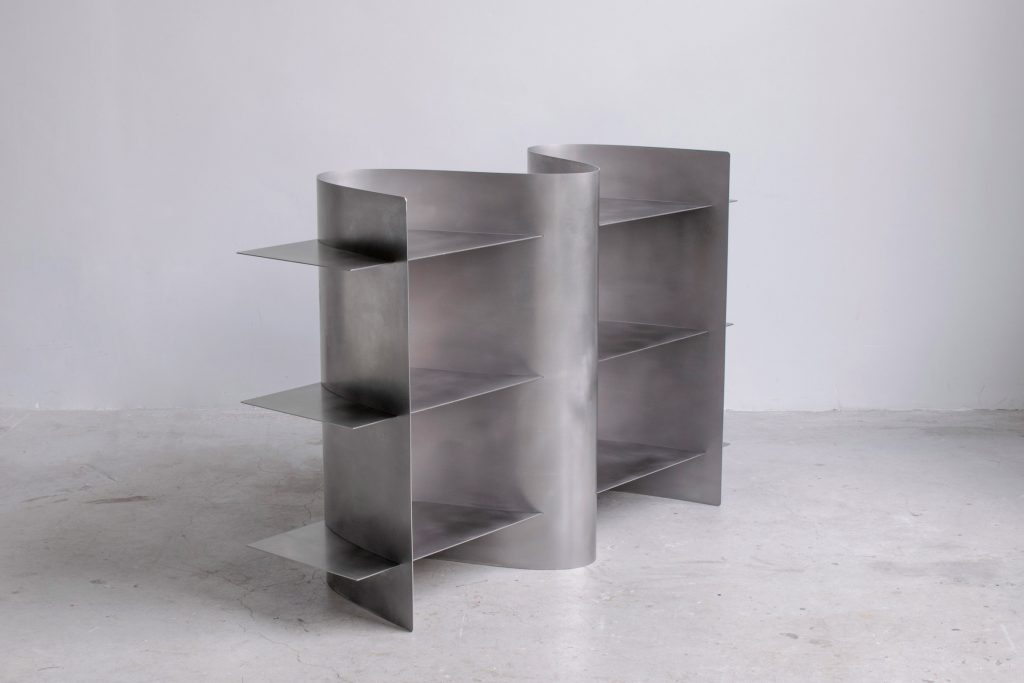
Steel furniture by Paul Coenen
Despite the environmental challenges associated with using steel, Coenen believes in the material’s longevity and durability, which he argues can outweigh its carbon footprint. His designs are made to endure for generations, resisting trends and offering timeless appeal. Coenen’s collection, displayed alongside works by other Dutch designers, is a statement on the enduring value of craftsmanship and the beauty of simplicity, inviting viewers to appreciate the skill behind each piece.
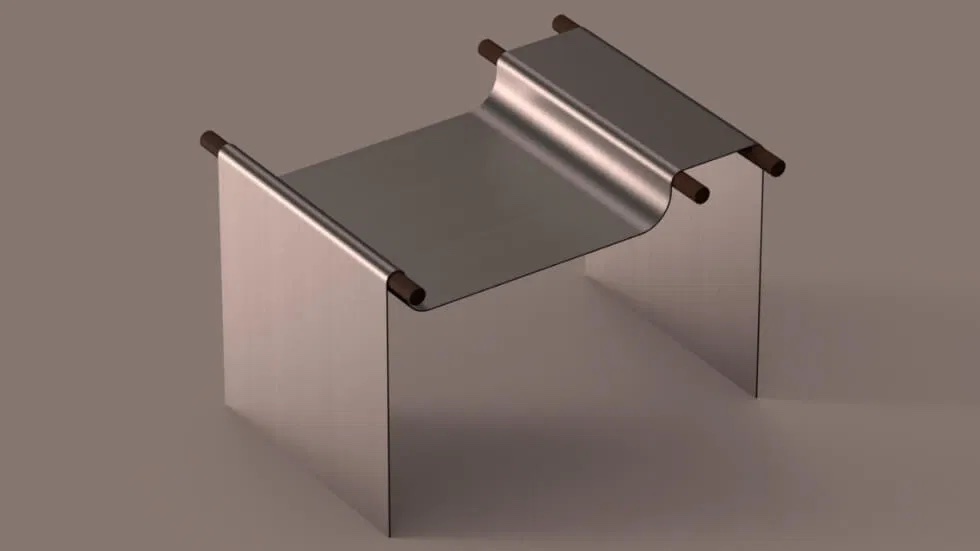
Parchment Stool by Alberto Essesi and Saul Kim Studio
The Parchment Stool, designed by Mexican designer Alberto Essesi in collaboration with Seoul-based Saul Kim Studio, presents an intriguing fusion of materiality and form. Crafted from a single sheet of steel, the stool evokes the gentle flow of draped fabric through its meticulously bent design. The result is a striking, sculptural piece that blends the strength of metal with the softness and fluidity typically associated with textiles. The stool’s form is fluid, yet the strength of the steel ensures that it remains stable and functional.
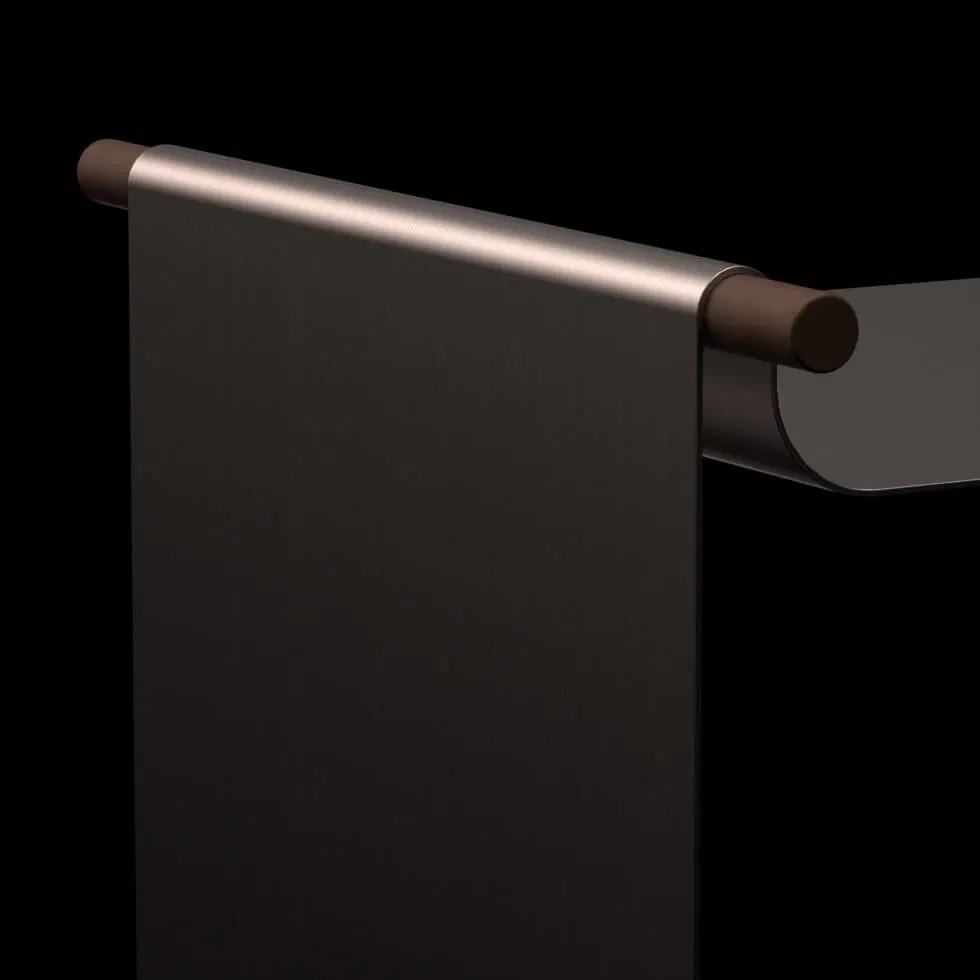
Parchment Stool by Alberto Essesi and Saul Kim Studio
What sets the Parchment Stool apart is the harmonious integration of wood with metal. Wooden cylinders are embedded within the folds of the steel, lifting and supporting the material as it bends. This feature creates a dynamic visual effect, as the wood seems to elevate the steel, resembling the tension of an unfurling scroll or a parchment unrolling. The use of wood not only adds warmth to the piece but also enhances its structural integrity, balancing the sleekness of the metal with a natural, organic touch.
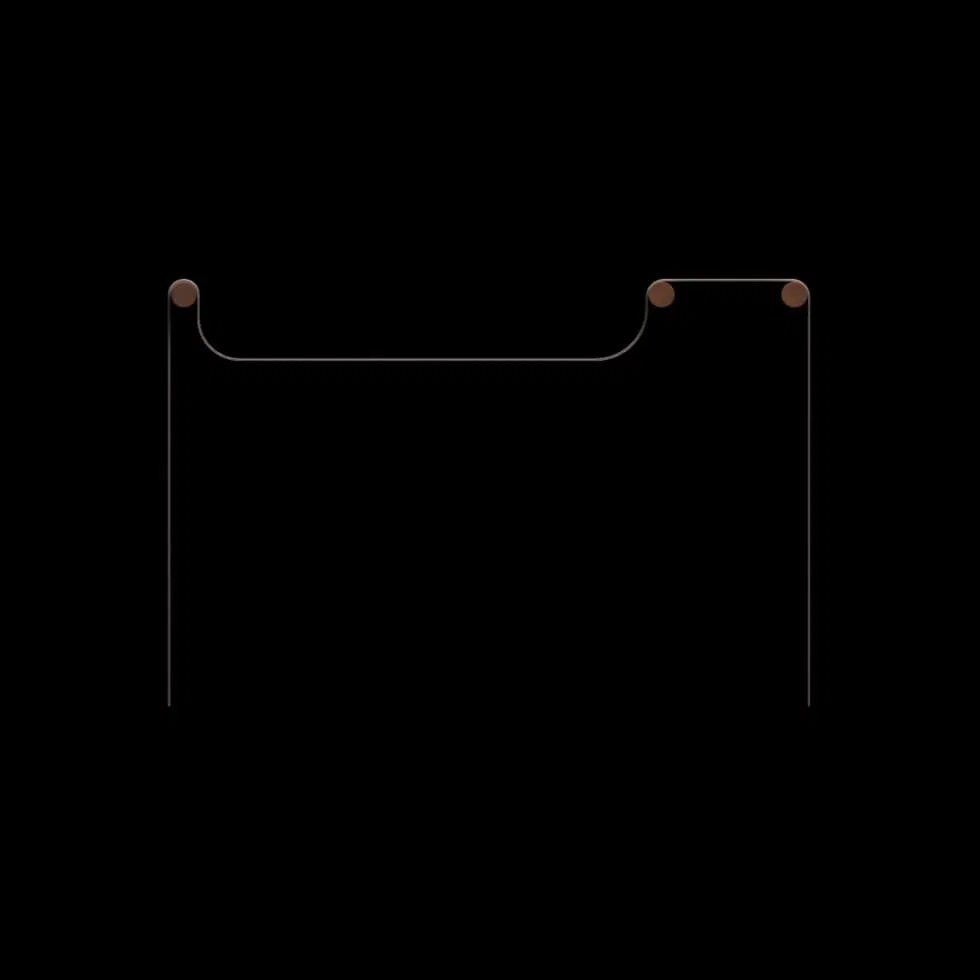
Parchment Stool by Alberto Essesi and Saul Kim Studio
The design process behind the Parchment Stool involved close collaboration between Essesi and Kim, who experimented with different thicknesses of steel to find the right balance between strength and elegance. Their careful testing ensured that the stool would maintain both aesthetic fluidity and functional durability. The smooth, continuous surface of the steel further amplifies the illusion of fabric draped over the wooden supports, creating a visually captivating piece that plays with contrasts in materiality.
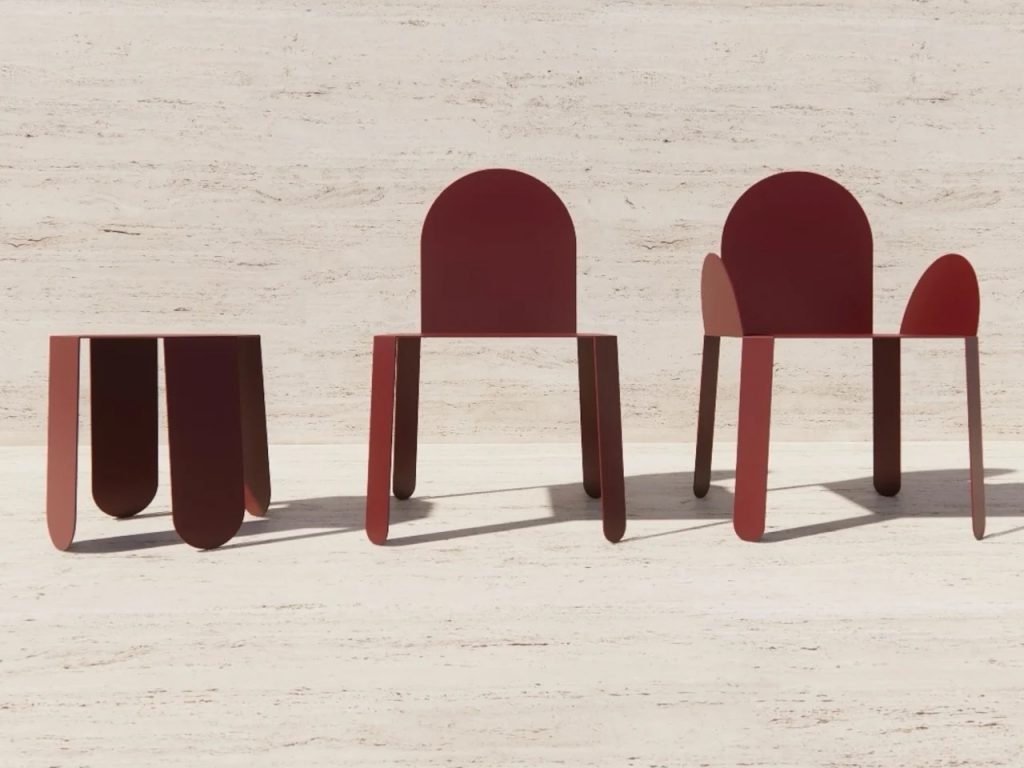
Fold chair by Lorenz Krisai (also header image)
The Fold chair, designed by Austrian architect Lorenz Krisai, exemplifies how simplicity in design can lead to efficiency in production, proving that you can have both aesthetics and sustainability. The chair is created from a single sheet of powder-coated steel, making it a remarkable example of how a minimalistic approach can result in a highly functional and unique design. The chair’s structure emerges through precise folding rather than cutting or welding, ensuring that no additional components are necessary. This thoughtful use of material allows the designer to craft a distinctive silhouette, setting it apart from traditional seating solutions. The single-sheet design reduces waste, offering an elegant solution to the issue of material leftovers often found in furniture manufacturing.

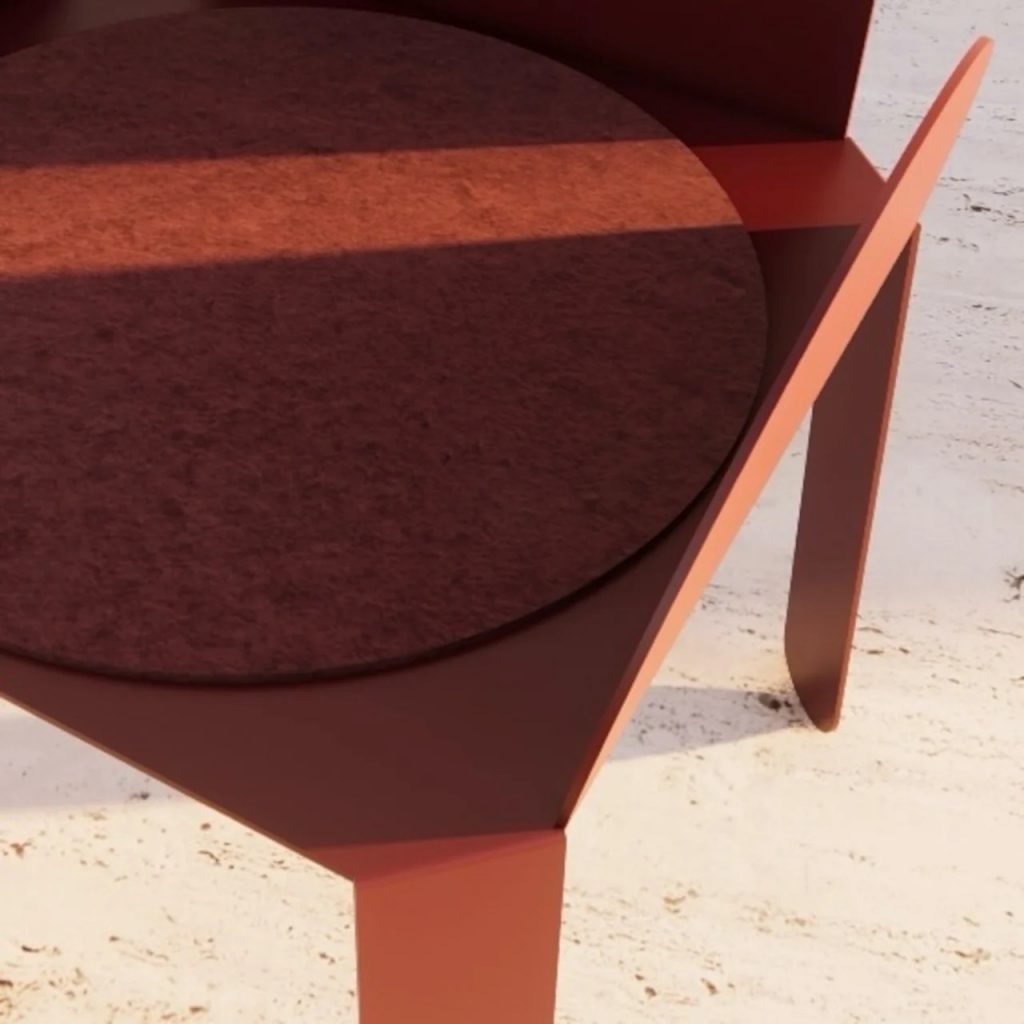
Fold chair by Lorenz Krisai
The production process behind the Fold chair is an ingenious example of design thinking. Starting with a flat sheet of steel cut into a cloverleaf shape with extended legs, the designer uses folds to transform this two-dimensional shape into a three-dimensional object. The backrest and sides are formed from the sheet’s curved edges, while the legs are created through the extensions folding downward. The lack of screws or bolts not only simplifies the production process but also enhances the chair’s clean, modern aesthetic.
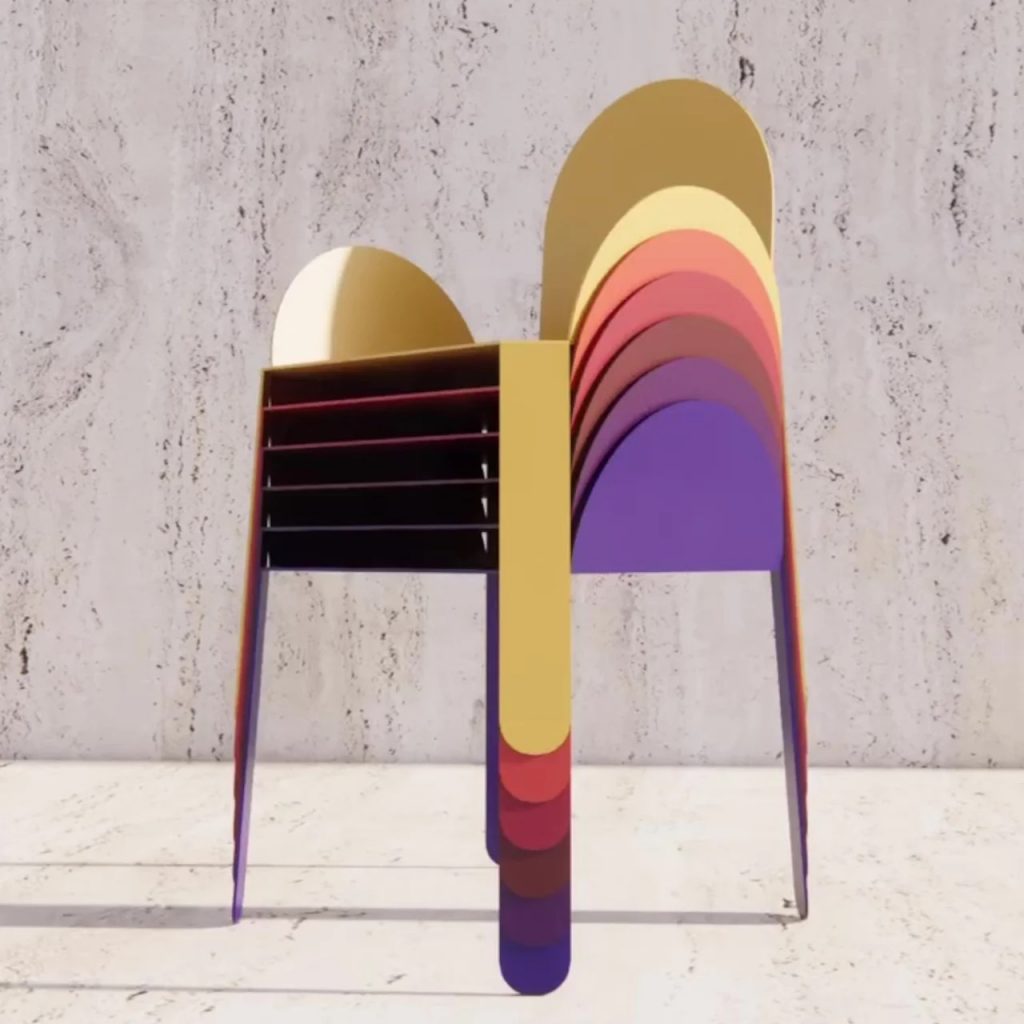

Fold chair by Lorenz Krisai
The Fold chair doesn’t just shine in its efficiency; it also offers practical benefits. Despite its minimalist appearance, the design balances visual lightness with structural integrity. The metal’s inherent strength, combined with the origami-like folds, provides surprising stability. Furthermore, the chair is stackable, making it an ideal solution for dynamic environments like cafés, event spaces, or flexible office settings where space and seating flexibility are essential. With this design, Krisai proves that less is more—not just in terms of materials, but also in functionality.